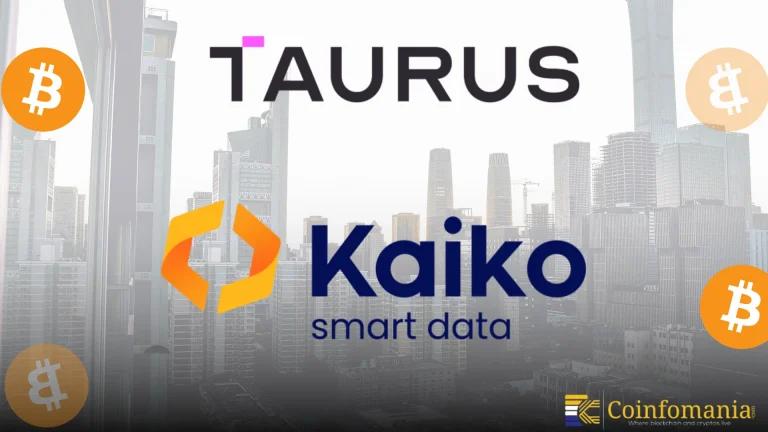Guggenheim’s Strategic Expansion into Digital Debt on XRP Ledger Signals Shift in Institutional Investment Strategies
Guggenheim extends its digital commercial paper offerings onto the XRP Ledger, highlighting a strategic move towards integrating blockchain technology into institutional investment frameworks.

Quick Take
Summary is AI generated, newsroom reviewed.
Institutional Blockchain Adoption: Guggenheim's integration of digital debt offerings onto the XRP Ledger marks a significant step in institutional adoption of blockchain technology.
Enhanced Efficiency: The use of blockchain aims to improve the efficiency, transparency, and accessibility of trading fixed-income products.
Strategic Partnerships: Collaborations between traditional financial institutions and blockchain companies are becoming more prevalent, indicating a trend towards convergence of the two sectors.
Market Expansion: The move could lead to broader acceptance and utilization of blockchain platforms for a variety of financial instruments.
Guggenheim’s Strategic Move into Blockchain-Based Debt Instruments
In a significant development for the financial industry, investment management firm Guggenheim has expanded its digital commercial paper offerings by integrating them onto the XRP Ledger. This move underscores a growing trend among institutional investors to explore blockchain technology as a means to enhance the efficiency and accessibility of fixed-income products.
The tokenized commercial paper, issued by Guggenheim Treasury Services, is fully backed by U.S. Treasuries and offers customized maturity options of up to 397 days. By leveraging the XRP Ledger’s capabilities, Guggenheim aims to provide a more streamlined and transparent mechanism for trading short-term debt instruments.
Implications for Institutional Adoption of Blockchain Technology
This initiative reflects a broader shift in the financial sector towards embracing blockchain technology. The integration of traditional financial instruments like commercial paper onto blockchain platforms such as the XRP Ledger could pave the way for greater liquidity, reduced settlement times, and enhanced transparency in the trading of fixed-income assets.
Furthermore, the involvement of Ripple, which has committed a $10 million investment to the project, highlights the increasing collaboration between traditional financial institutions and blockchain companies. This partnership could serve as a model for future endeavors seeking to bridge the gap between conventional finance and digital asset ecosystems.
References
Follow us on Google News
Get the latest crypto insights and updates.
Related Posts

Aifinyo AG Steps Up Its Bitcoin Exposure With Another Strategic Buy
Vandit Grover
Author

Taurus and Kaiko Strengthen Crypto Infrastructure for Global Banks
Vandit Grover
Author

Standard Chartered Confirms Bitcoin Bottom And Expects A Strong December Rally
Vandit Grover
Author